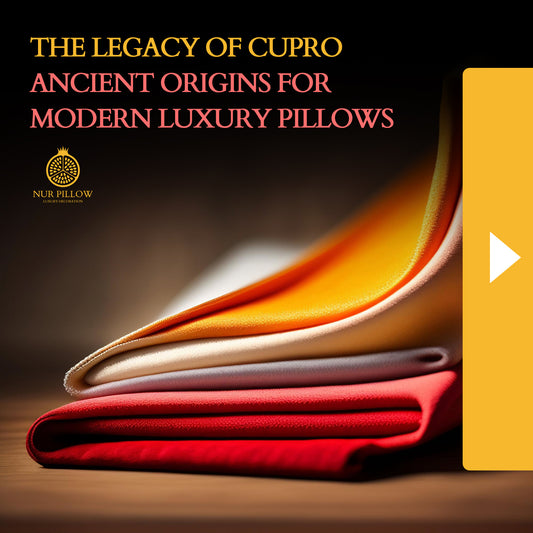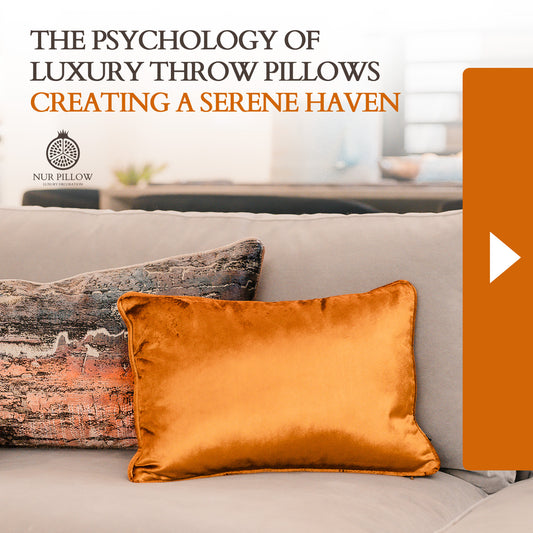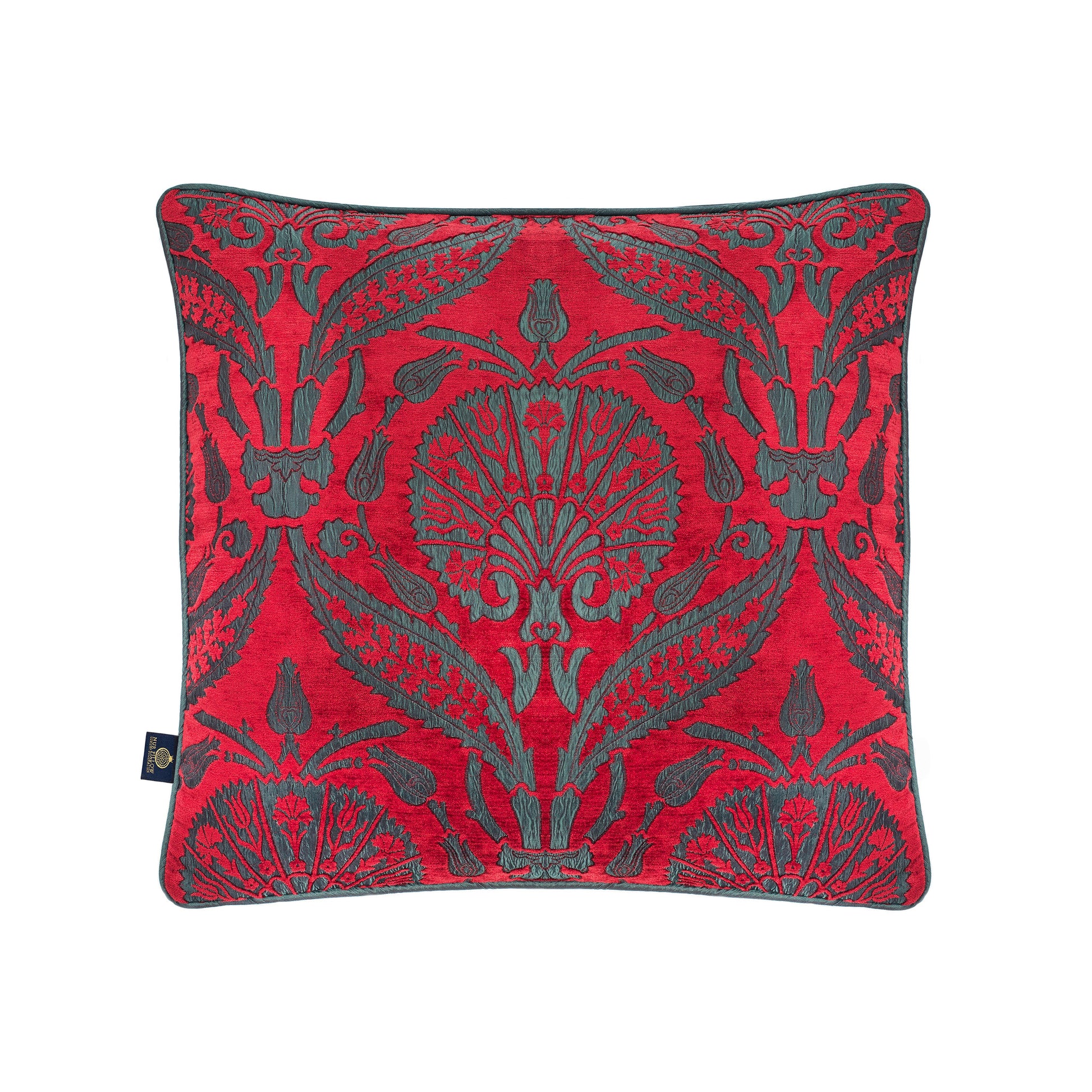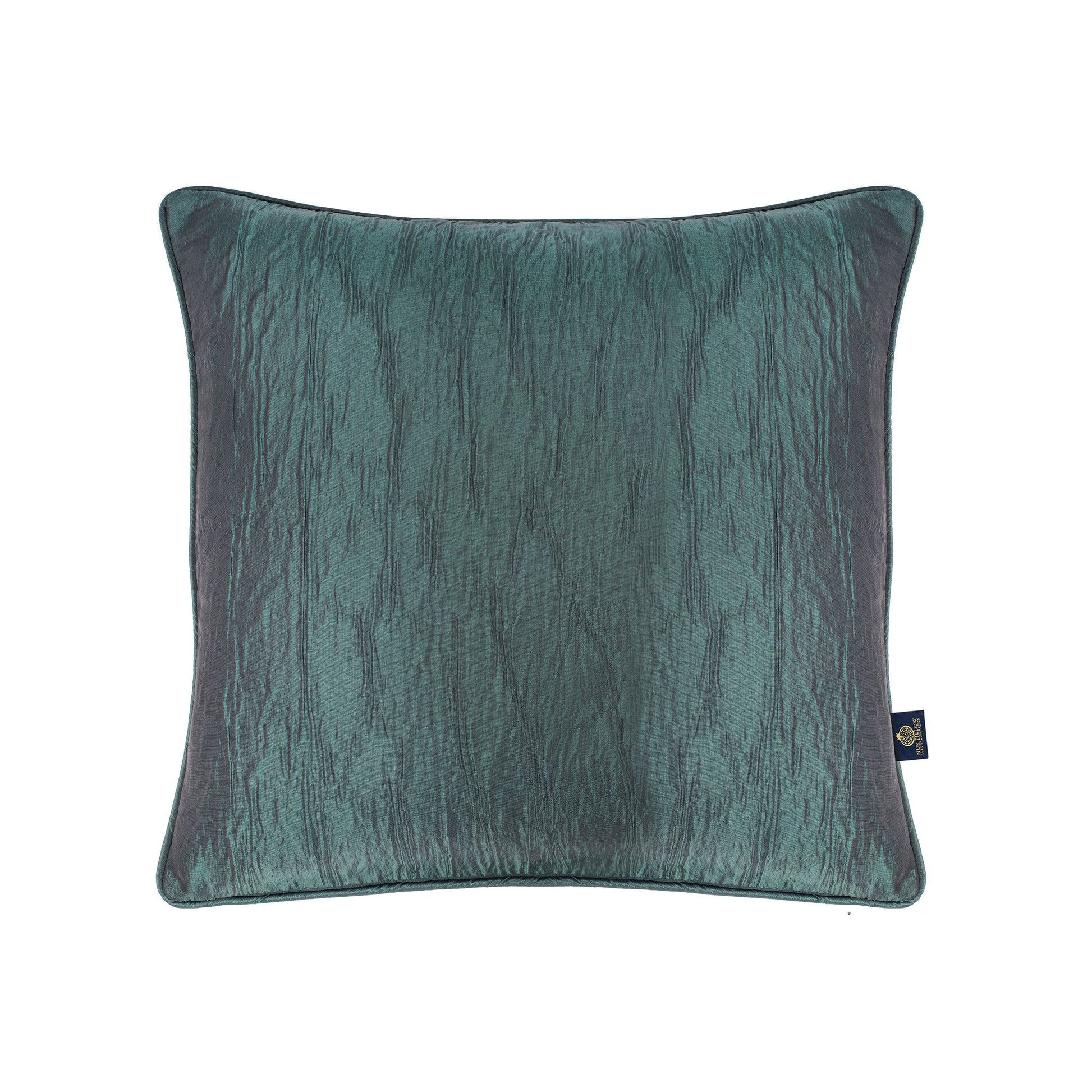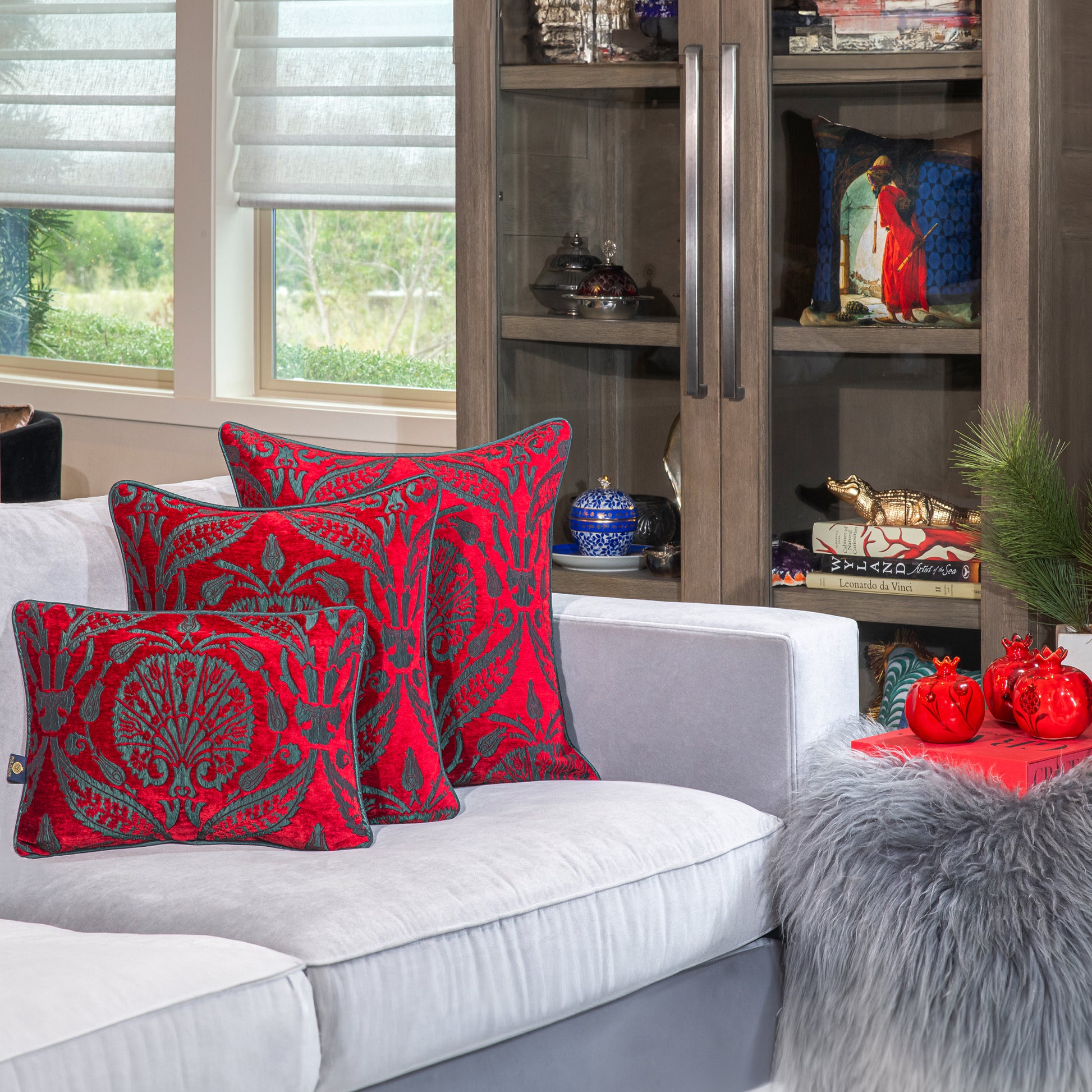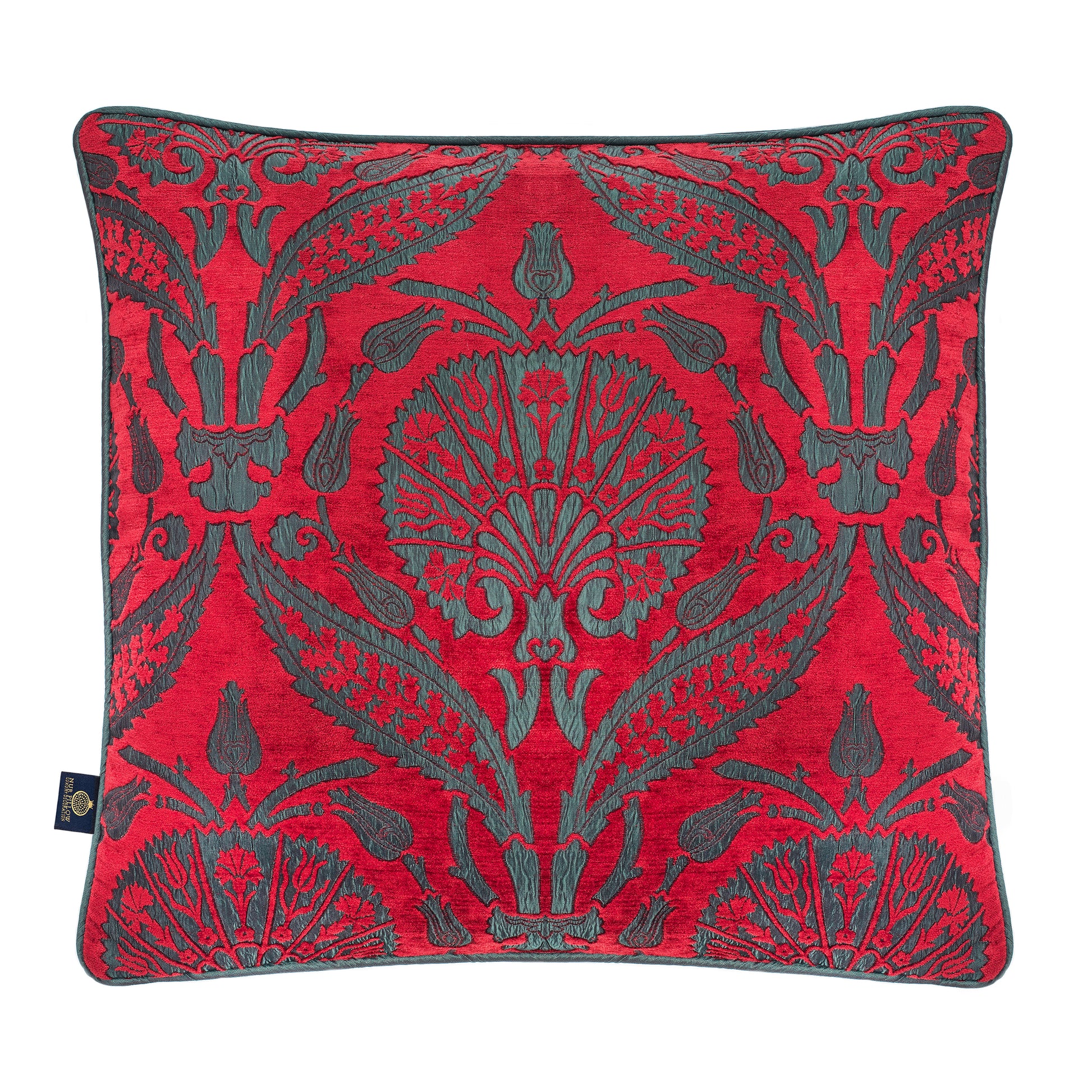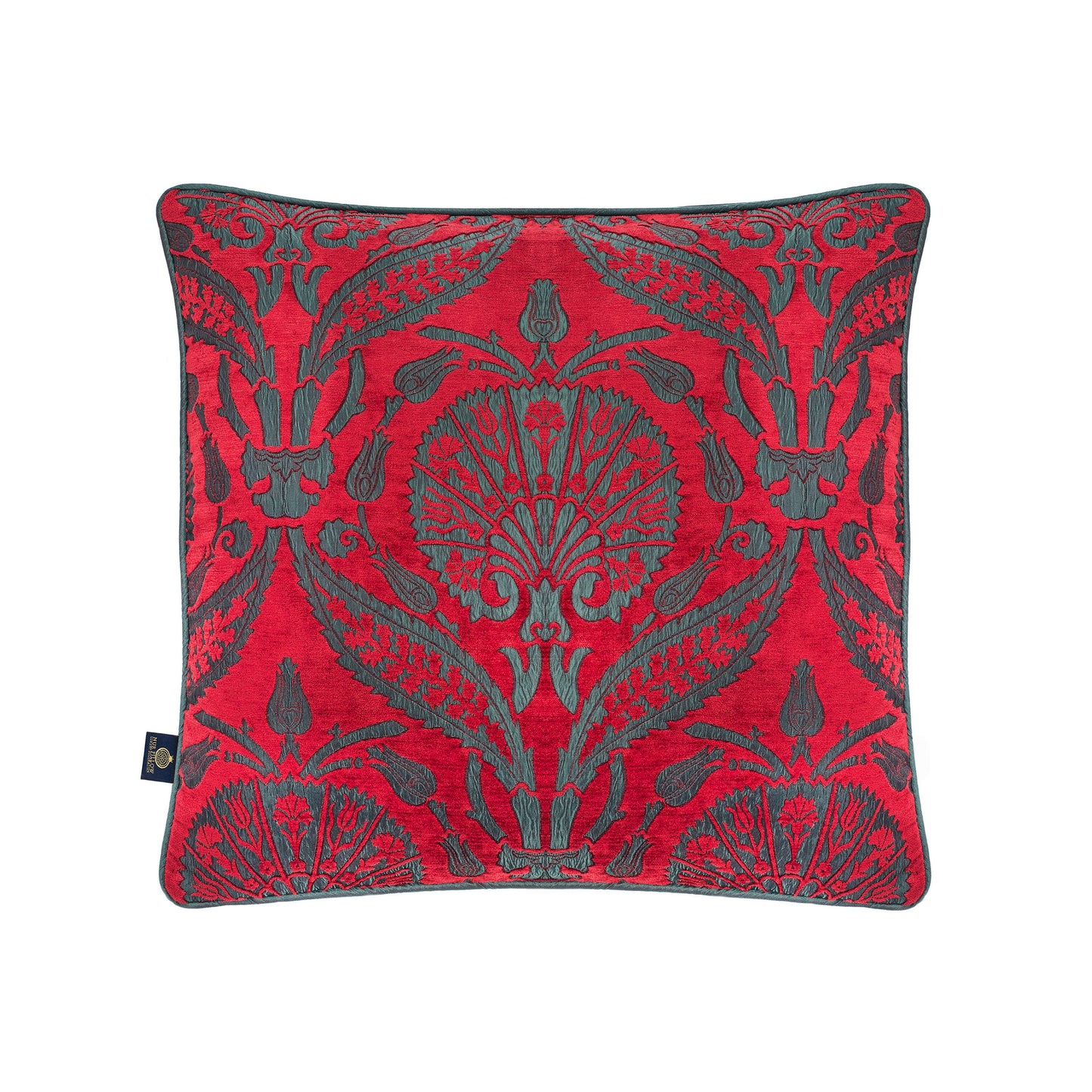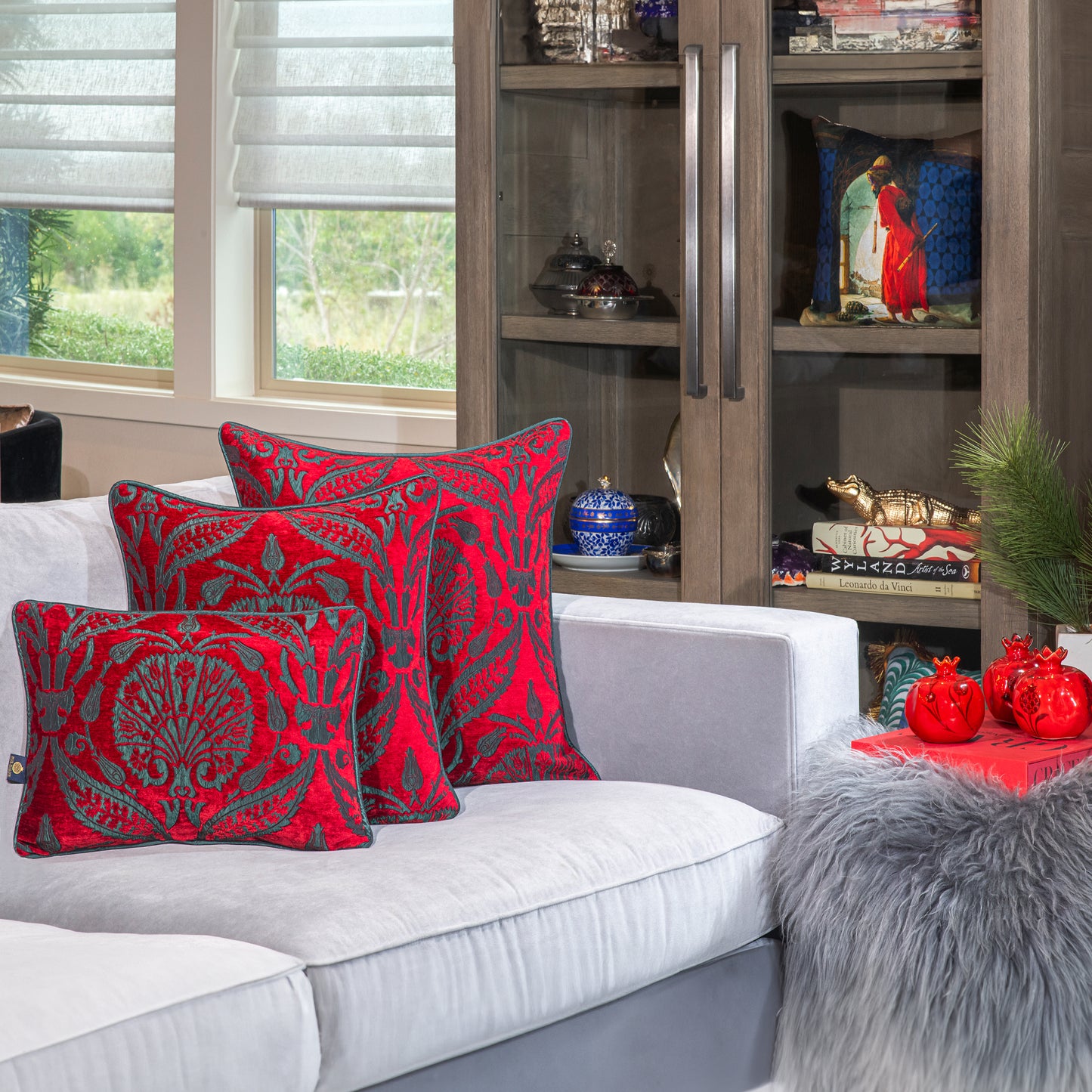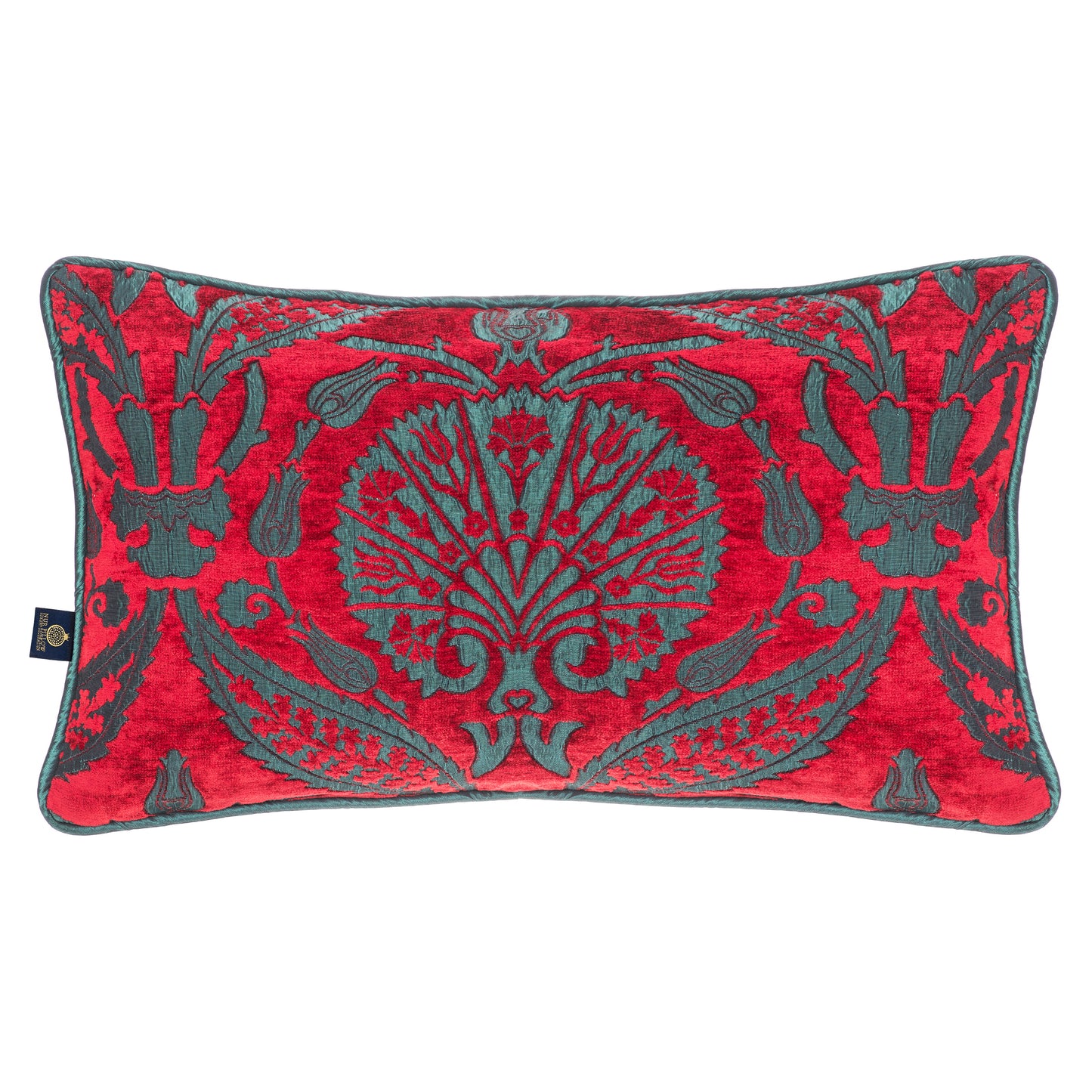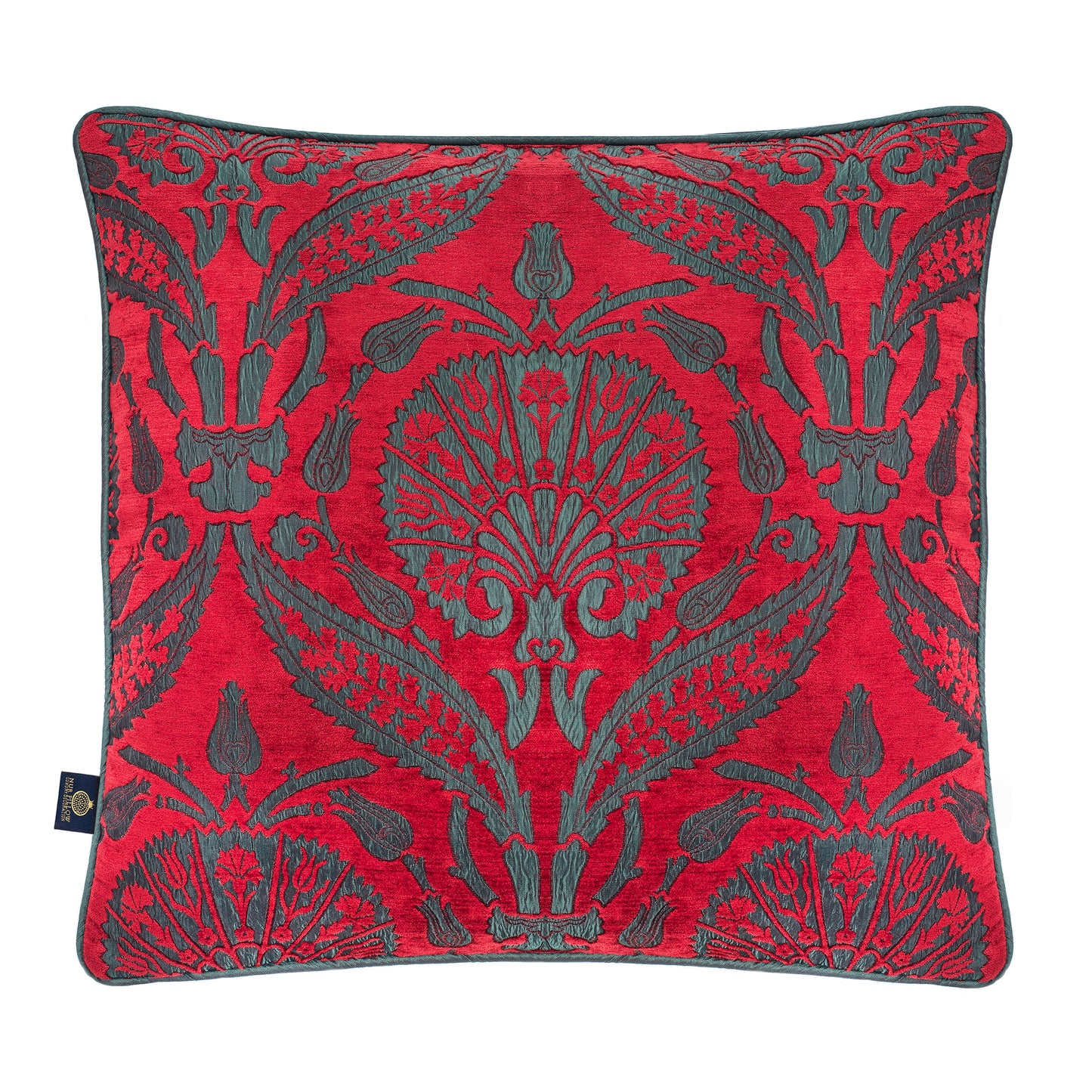Throw pillows are the ideal way to completely transform the appearance of your family room or to provide it with the ideal finishing touch. All you need to do is add them to your sofa! The selection of throw pillows and their styling, on the other hand, might be a little bit overwhelming and perplexing.
This article is for you if you are confused about how to choose the best pillow fabrics, cushion sizes, and pillow inserts or if you are unsure how to coordinate your pillows with one another. Nur Pillow presents the following simple guide that will assist you in selecting the most suitable decorative throw pillow covers for your home.
There are a few different conventional fabrics from which to choose a pillow cover. As Nur Pillow, we offer a wide range of options in various shapes and patterns with the best quality fabrics that prioritize skin health and comfort. Visit our website at nurpillowdesign.com before purchasing decorative pillows.

Which fabric is best for pillow cover?
Pillow covers are often made of cotton, and while plain-weave cotton is the most prevalent, you can also find sateen and jersey weaves. Velvet, suede, wool, and faux fur are among materials that are frequently used for decorative throw pillow covers. When compared to jersey, sateen has a texture that is extremely smooth, while jersey has the sensation of a well-worn T-shirt. Satin is the material to use if you want a pillow cover that is glossy and has a silky smooth texture.

When selecting pillows, give careful consideration to how you intend to use them. Will they only serve as a decorative element, or will you and your family actually make use of the pillows by snoozing and lounging on them? Your choice of fabric for your throw pillows should be guided by the function of the pillows themselves.

Covers made of cotton or similar material that is simple to maintain are what we advise for throw pillow covers that will be used for lounging and lying down (make sure to check the label or online description for cleaning instructions). If the pillows are only going to be used for decorative purposes, you don't need to give much thought to the material that they are made of.
Polyester, down, and synthetic alternatives to down are the kinds of pillow insert fillings that are used most frequently. Polyester is a type of man-made fiber that is dense, fluffy, and capable of retaining its shape. It is less expensive than down, but it does not appear to be nearly as luxurious as down does.
Another prevalent material for throw pillow covers, nylon is frequently imitated in appearance to resemble silk. The material is simple to clean, and it dries quickly, but because it is not absorbent, it can cause your face to become wet and sticky.

The production of linen, a natural flax product of high quality, is no longer done in large quantities. Linen is a fabric that has a distinct feel to it, and because it is lightweight and breathable, it is an excellent choice for bedding during the warm summer months.
Satin is a beautiful material that can be used to make pillow covers since it is silky smooth and kind on the skin. If you are seeking ways to enhance not just your skin but also your hair, using a satin pillowcase will help you attain softer, smoother skin and hair. If you are looking for ways to improve your skin, consider using a satin pillowcase. Satin is also well-known for its ability to reduce the appearance of wrinkles.
Silk is a natural fabric that, despite being more delicate than satin, has a number of cosmetic benefits that are comparable to those of satin. Silk, in contrast to other textiles used for pillowcases, is typically sold by weight, which, depending on the type of silk, can be quite pricey.

To some extent, thread count is subjective and not necessarily indicative of quality. Because of the manner in which they are woven, certain high-quality fabrics have a thread count that is restricted. For example, linen, which is often regarded as one of the greatest bedding textiles, has a maximum thread count of around 150.
Another benefit of reduced thread counts has increased breathability. A thread count of 800 is possible for sateen and bamboo, and more than 1,000 for microfiber. These materials are normally a little bit more permeable than regular cotton and linen, but they also tend to be a little bit warmer.

What should I look for in a pillow cover?
Take a look at the world around you to get inspiration. Your home is the ideal place to go for inspiration; choose tones and accessories that either complement or match the color scheme of your furniture, curtains, or wall paint.
Determine the overall appearance that you want to achieve. We have observed a modest backlash against the stripped-down look that has been the standard for many years, despite the fact that minimalism remains one of the most well-liked styles. The use of vivid hues and intricate patterns is currently experiencing something of a fashion renaissance. In the event that you do not feel comfortable committing to this look in its entirety, simply spreading a few decorative pillow covers throughout your interior will bring it up to date without being too dominant.

Consider the ways in which you intend to put your cushions to use. Are they only for aesthetic purposes? Do you intend to use them as a pillow to lay your head on while you are sleeping? Would you like to have a seat on them? Will we employ them for a variety of purposes each time? If the cushions will be used frequently, select covers that are washable, long-lasting, and require little maintenance (slept on, sat on, used as a support for your back, or played with by children). Cushion coverings made of linen are not only practical for day-to-day life but also make an otherwise ordinary space feel more unique. If your pillows are only going to be used for ornamental purposes, you shouldn't waste money on pricey or synthetic materials.
Considering aesthetics, comfort, and your health Nur Pillow is always ready to make you enjoy every step of your decorating journey!



